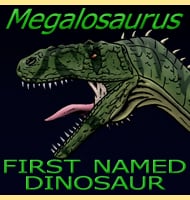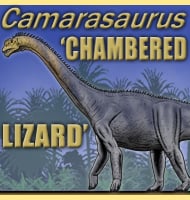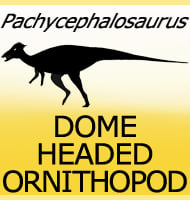In Depth
Leonerasaurus is a genus of sauropodomorph dinosaur that is known to have lived in South America during the early Jurassic. Leonerasaurus is notable for having a mix of physical characteristics that are seen in both sauropodomorph dinosaurs as well as later sauropods, though current thinking is that Leonerasaurus was a sauropodomorph, but one that was on the way to evolving to a sauropod. In fact when Leonerasaurus was described in 2011, a cladogram study placed Leonerasaurus very close to the base of the true sauropods. This may also indicate that several lines of more advanced sauropodomorph dinosaurs evolved, but how many of these forms would develop into actual sauropods is still uncertain.
Leonerasaurus is expected to have been a herbivore, as indicated by the shape of the teeth in the dentary. The holotype of Leonerasaurus is of a subadult individual, meaning that this individual was not fully grown at the time of death. However, with a roughly estimated length of about two and a half meters, it would seem that Leonerasaurus was not a particularly large genus of sauropodomorph dinosaur.
Further Reading
- A new sauropodomorph dinosaur from the Early Jurassic of Patagonia and the origin and evolution of the sauropod-type sacrum. - PLoS One 6(1(e14572)):1-24. - D. Pol, A. Garrido & I. A. Cerda - 2011.










